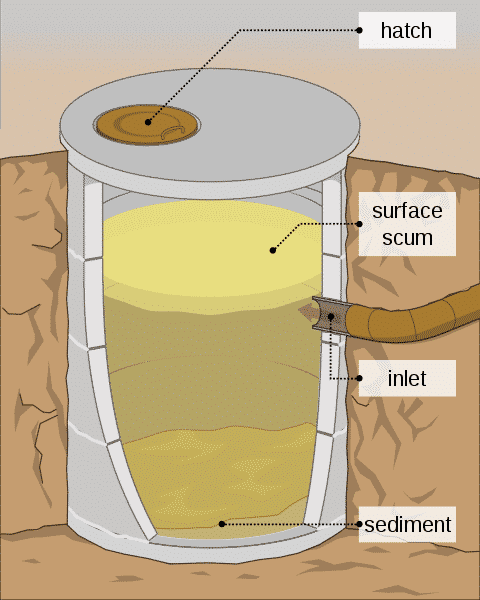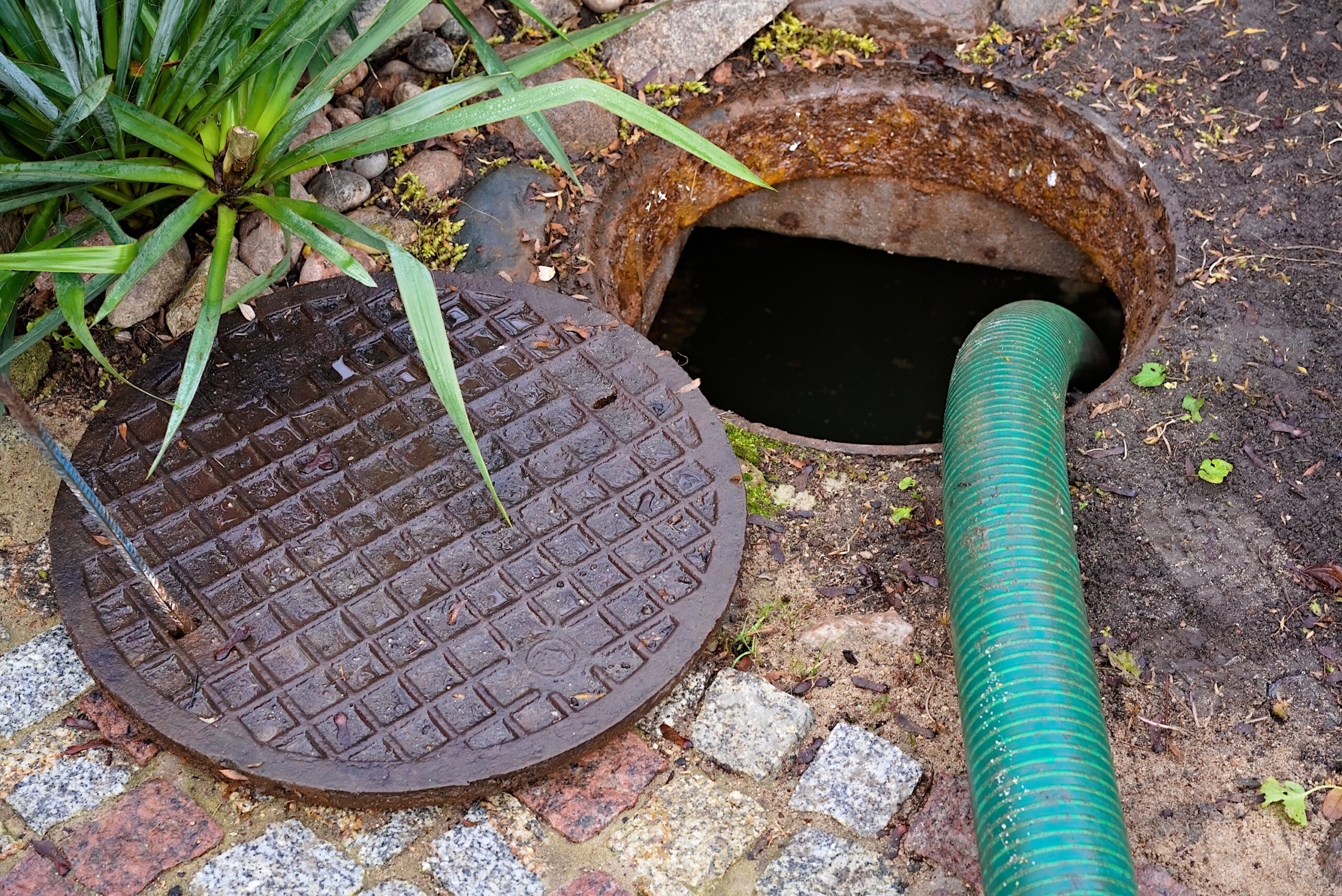
Before you purchase a fancy Reverse Osmosis water purification system for your home, it’s important to keep in mind a few things – particularly in regards to your septic system. First, you should consider what takes place during the process of Reverse Osmosis in order to better understand the impact it will have on your home, health, water, wallet, and septic tank.
What is Reverse Osmosis?
Reverse Osmosis (RO) was first used as a method of removing salt from water. It evolved into a process of removing harmful contaminants from water, and nowadays, it is used in water treatment centers, water recycling centers, and home water filtration systems. As consumers began installing RO water purification systems in their homes in the 1970’s, septic system issues had to be addressed – all due to the manner in which an RO unit discards wastewater.
How does it Work?
In home-based RO systems, contaminated water molecules are separated by applying pressure to the contaminated water. After entering the Reverse Osmosis unit, the contaminants are separated and collected in a storage tank, which essentially “quarantines” them. These contaminants are discarded by the RO unit into a wastewater stream.
What are the Benefits?
RO systems remove the “junk”, i.e. contaminants, from your water, such as chemicals, parasites, hard minerals, and other substances that can be harmful to you and your family members. RO water contains fewer contaminants than unfiltered tap water. Consumers also recommend the taste of RO water over tap water.
What are the Disadvantages?
Reverse Osmosis removes natural, healthy minerals from your water such as calcium, magnesium and potassium. RO units can be quite costly and expensive to maintain (replacement membranes and filters may be pricey). Discarded waste is a huge issue, mainly because RO units use about 5-15% of the water entering the system. The rest of the water, around 75%, is rendered useless, and is eliminated into the home septic system. Understandably, this creates an additional burden on your septic tank.
A typical RO unit delivering two gallons of treated water per day may discharge eight to 15 gallons of wastewater per day to the septic system. Whole-house RO systems can discharge up to 500 gallons of wastewater per day to the septic system. Household septic systems are typically not designed to handle this large amount of wastewater. Also, if your RO system is not properly installed, hydraulic overload can occur.

What Can I do to Prevent Septic Tank Issues?
Consult with a water purification specialist prior to purchasing a Reverse Osmosis system for your home. Test your water to make sure that an RO system is indeed necessary. Other water purification options may be more appropriate, depending on the specific compounds present in your water. There are many septic system accessories and alarm kits available. If an RO unit makes sense for your home, make sure it is installed properly, and ensure that it is compatible with your septic system. Perform regular maintenance on your RO unit, and make sure you understand the costs associated with maintenance prior to purchasing a unit.











